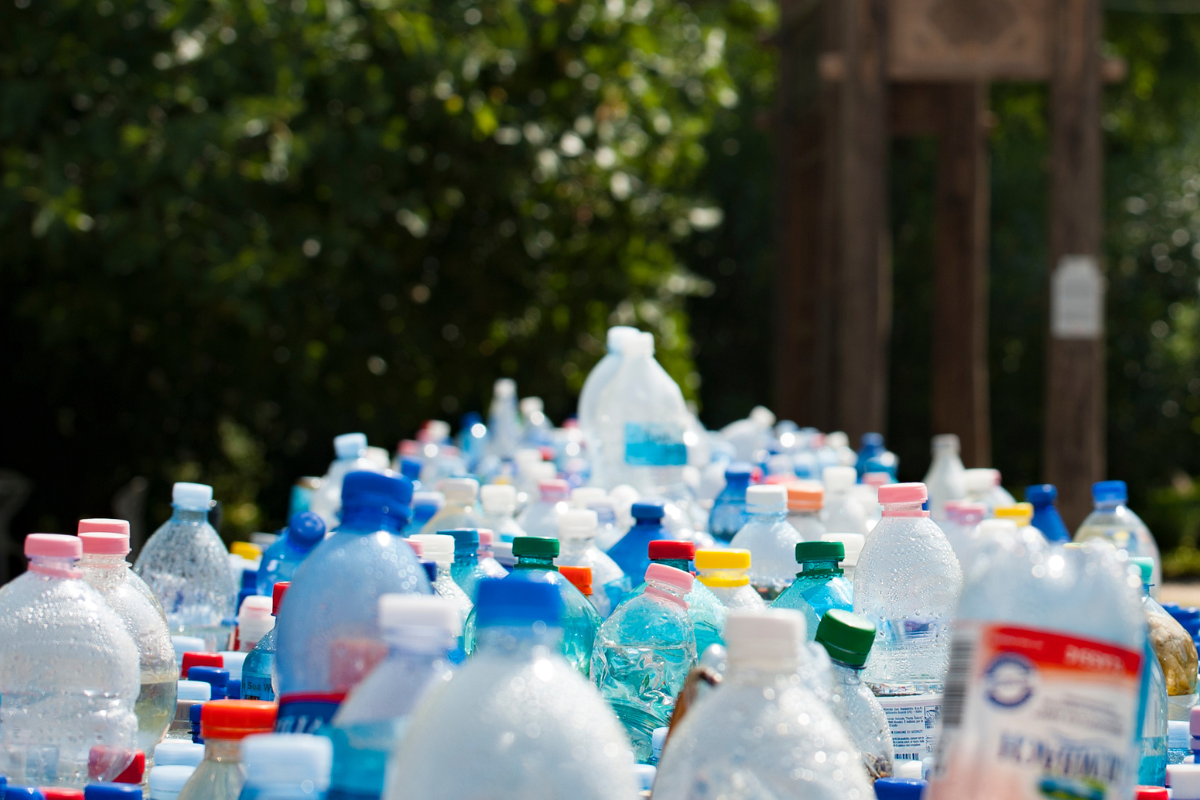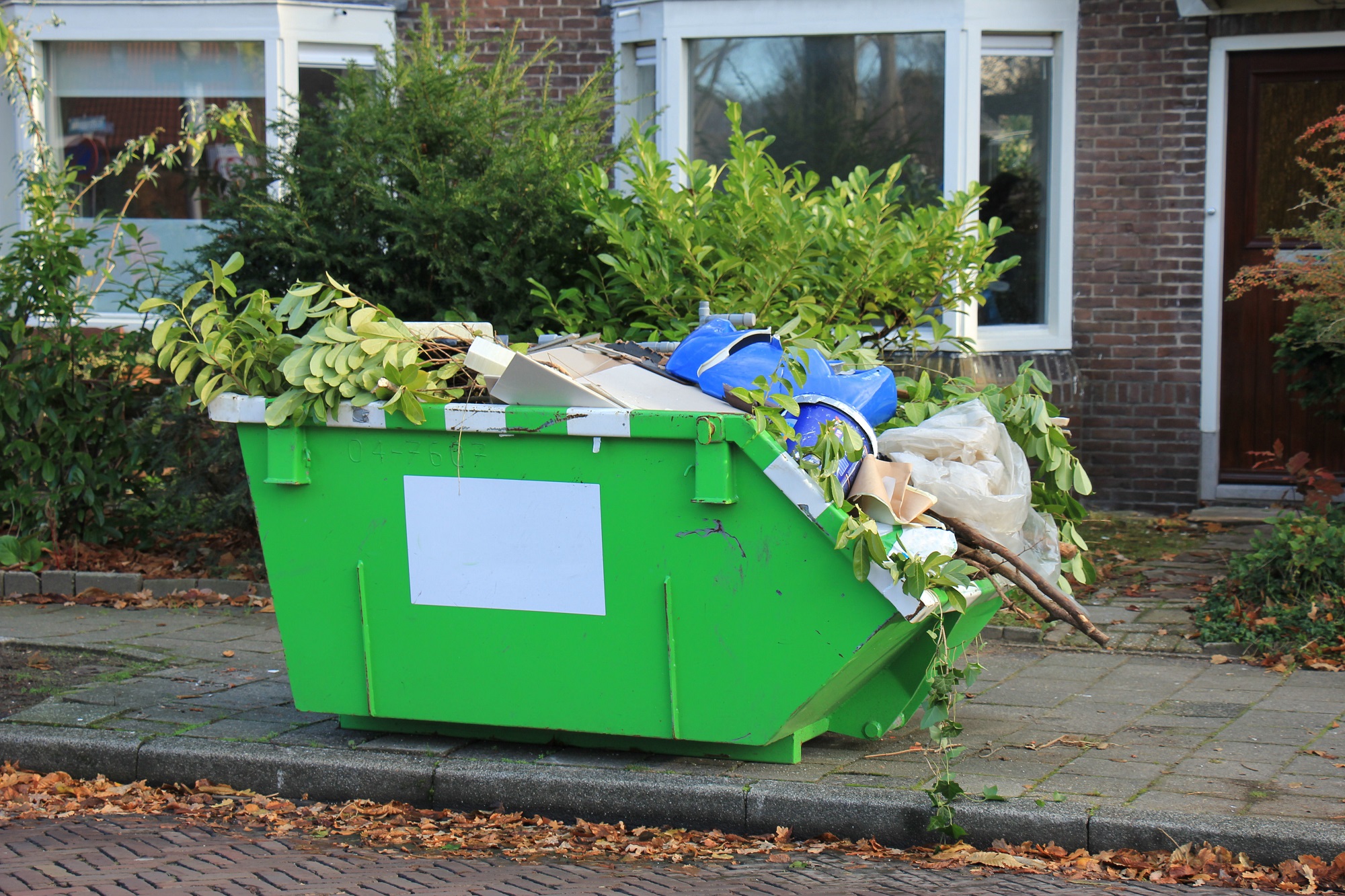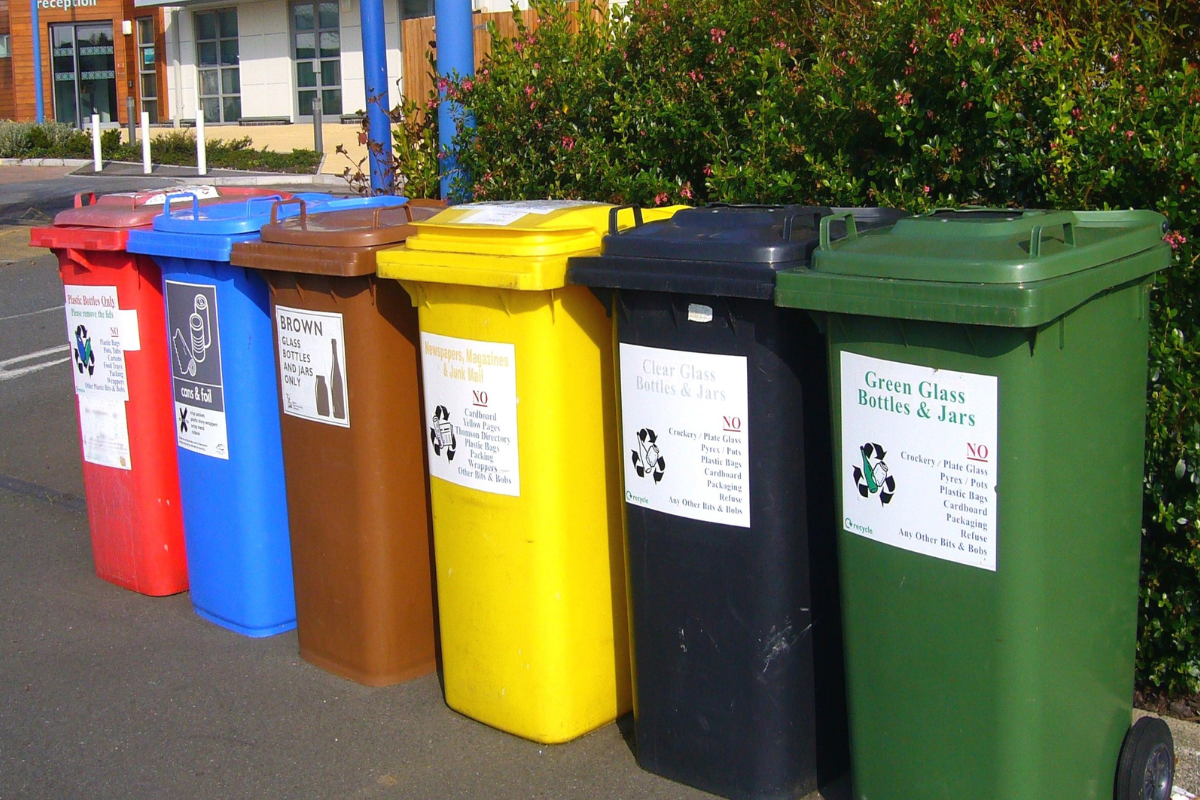Waste management in Australia is a multifaceted issue that requires innovative solutions to address environmental, social, and economic challenges.
With a growing population and increasing urbanisation, the management of waste has become a critical issue for the country.
In this article, we will explore the current state of waste management in Australia, the challenges it faces, and the sustainable solutions being implemented to create a cleaner and greener future.
Current State of Waste Management
Australia generates a significant amount of waste each year, with the average person producing over 2,000 kilograms of waste annually. Much of this waste ends up in landfills, where it contributes to environmental pollution and greenhouse gas emissions.
In fact, landfills are the third-largest source of methane emissions in Australia, a potent greenhouse gas that contributes to climate change.
Challenges in Waste Management
One of the biggest challenges in waste management is the lack of infrastructure and resources to properly manage and recycle waste.
Many regions in Australia face a shortage of recycling facilities, leading to a high rate of recyclable materials ending up in landfills.
Additionally, the cost of waste disposal is increasing, putting pressure on local governments and communities to find cost-effective solutions.
Sustainable Solutions
Despite these challenges, Australia is making strides towards sustainable waste management practices. One of the key strategies being implemented is the promotion of recycling and resource recovery.
The Australian government has set a target to recycle 80% of waste by 2030, and many states have implemented container deposit schemes to encourage recycling.
Another sustainable solution is the use of waste-to-energy technology, which converts waste into electricity or heat. This not only reduces the amount of waste going to landfills but also generates renewable energy. Australia has several waste-to-energy plants in operation, with more planned for the future.
Community Engagement and Education
Community engagement and education play a crucial role in waste management. Many local governments and organizations are implementing programs to educate the public about the importance of waste reduction, recycling, and composting. These programs aim to change behavior and encourage sustainable practices.
Circular Economy Approach
A circular economy approach is also gaining traction in Australia, which aims to minimise waste and maximize the value of resources. This approach focuses on designing products that can be easily recycled or reused, reducing the amount of waste generated.
It also encourages the use of recycled materials in manufacturing processes, creating a closed-loop system that reduces the need for virgin resources.
Conclusion
Waste management in Australia is a complex issue that requires a coordinated effort from government, industry, and the community.
By implementing sustainable solutions such as recycling, waste-to-energy, and circular economy principles, Australia can reduce its environmental impact and create a more sustainable future for generations to come.



